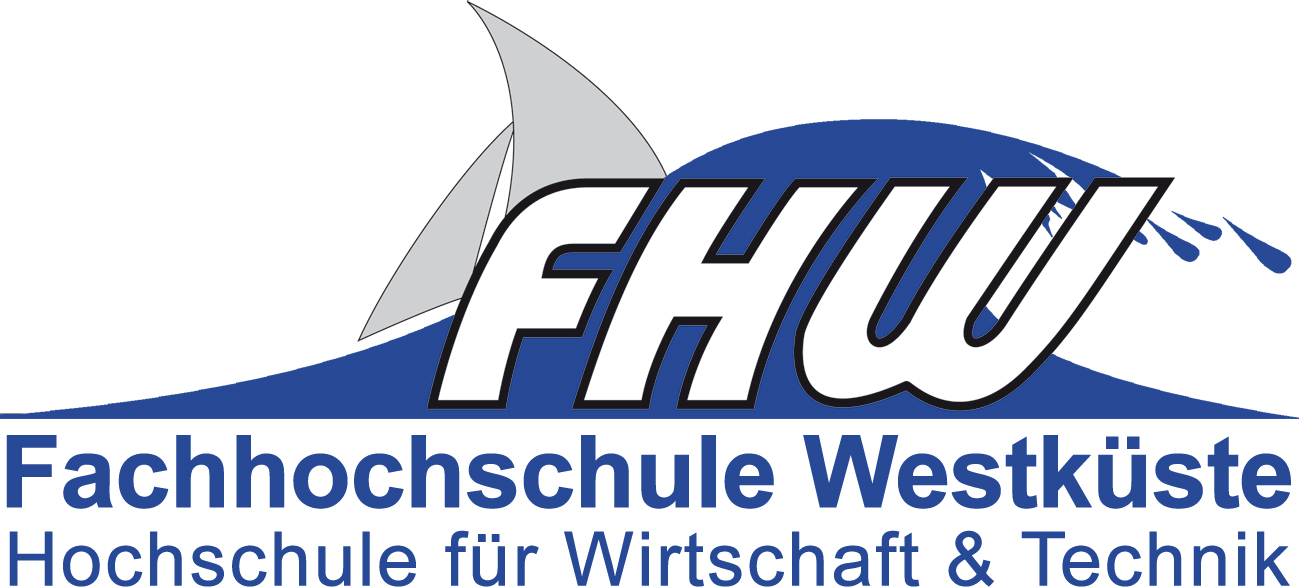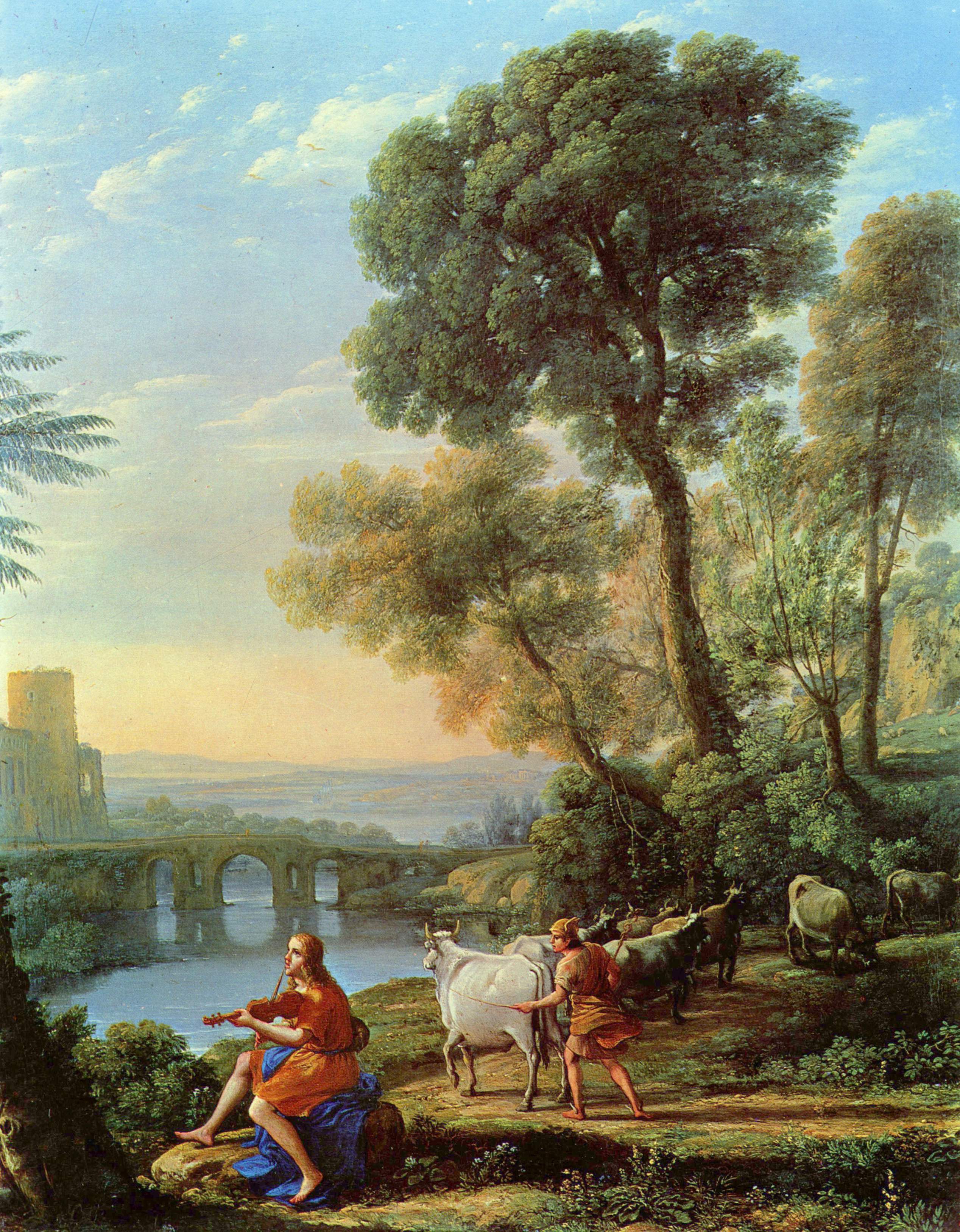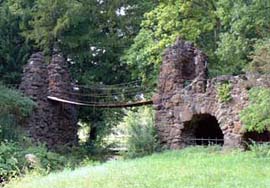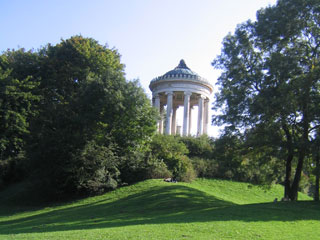|
Spatial
Tourism changes places
into destinations:
Land --> Landscape
Nature --> recreational
area
City --> Cityscape
Land --> Landscape
"Land" refers to the physically existing land - for agricultural use, taxation, war
"Landscape" refers to a scenery loaded with aesthetic values and connotations
Landscape (16th c.) from German Landschaft and Dutch Landschap, first used for paintings, then transferred to the physical reality (18th c.)
Tourists do not value a given area according to its value but according to what they have learned in their culture as to be considered as beautiful / picturesque / authentic.
"Natural beauty" is an acquired taste.
Example Gardens
"English Gardens" (from 18th c.) try to look natural, but are in fact completely man-made. Idealized view of nature, inspired by paintings of landscapes by Claude Lorrain and Nicolas Poussin (17th c.).
Often include lake, sweeps of gently rolling lawns set against
groves of trees, recreations of classical temples,
bridges, ruins etc.
Most influential English Garden: KEW (close to London)

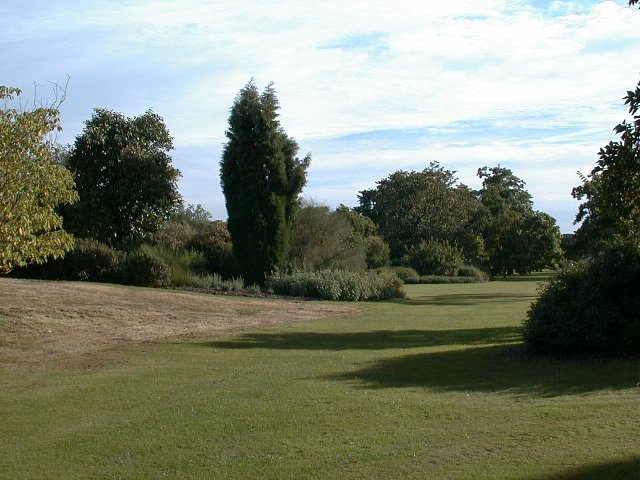

"French Gardens" (from 17th c.) demonstrate the victory of man over nature, with a strict geometrical pattern, a central axis and viewing points showing all of the garden.

Vaux Le Vicomte - The original French Garden
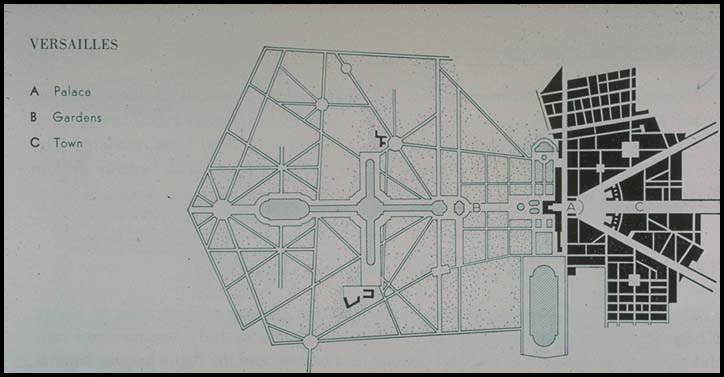

Schwetzinger Schlossgarten - Mixing French and English Garden
|
